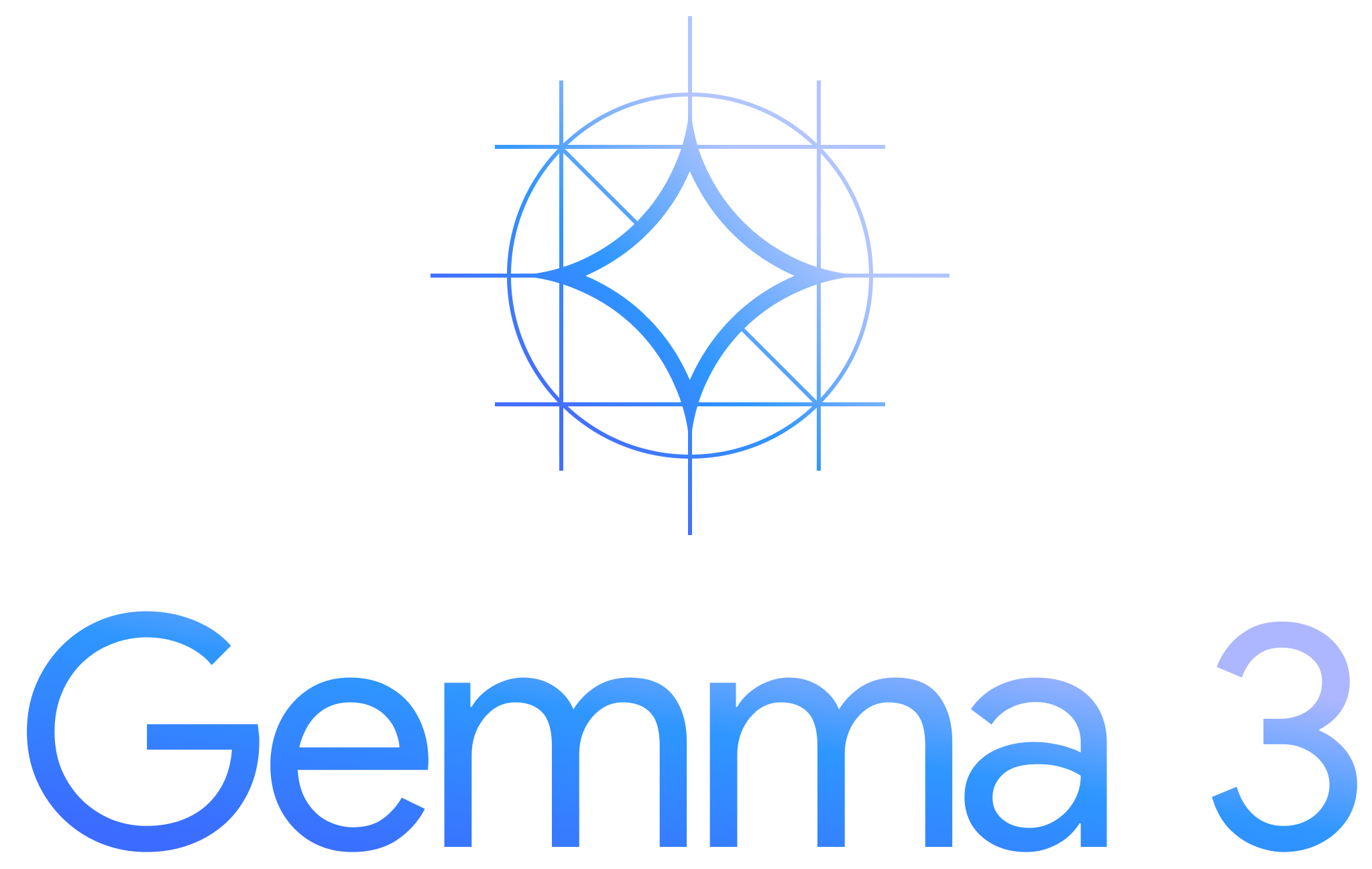Why Gemma 3 Matters (And How to Build With It)
The last six months have seen an intense wave of innovation in open-weight language models.
Between Mistral, LLaMA 3, and a flood of fine-tuned variants, the bar for performant, accessible AI keeps rising.
But raw capability isn’t the only thing developers care about. Deployment costs, hardware constraints, and real-world flexibility still shape what’s practical to use.
That’s where Gemma 3, Google’s latest open-weight model, enters the conversation.
Rather than chasing parameter counts, Gemma 3 focuses on efficiency: supporting long contexts, image inputs, and multilingual output across a family of models small enough to run on commodity hardware.
Despite its compact size, Gemma 3 punches way above its weight. It delivers performance that rivals much larger, more cumbersome models, all while running smoothly on a single GPU or TPU.
Whether you’re building the next global application, looking to integrate intelligent visual features, or requiring AI to process extensive datasets, Gemma 3 deserves your attention.
We'll talk about why today, as we unpack:
What makes Gemma 3 a significant advancement for developers
The key new features: multilingual mastery, vision understanding, and the expanded context window.
How it compares to both open-source alternatives and proprietary, closed-source models.
The engineering under the hood that enables Gemma 3’s efficiency.
How you can start experimenting with Gemma 3 today.
Let’s get started.
